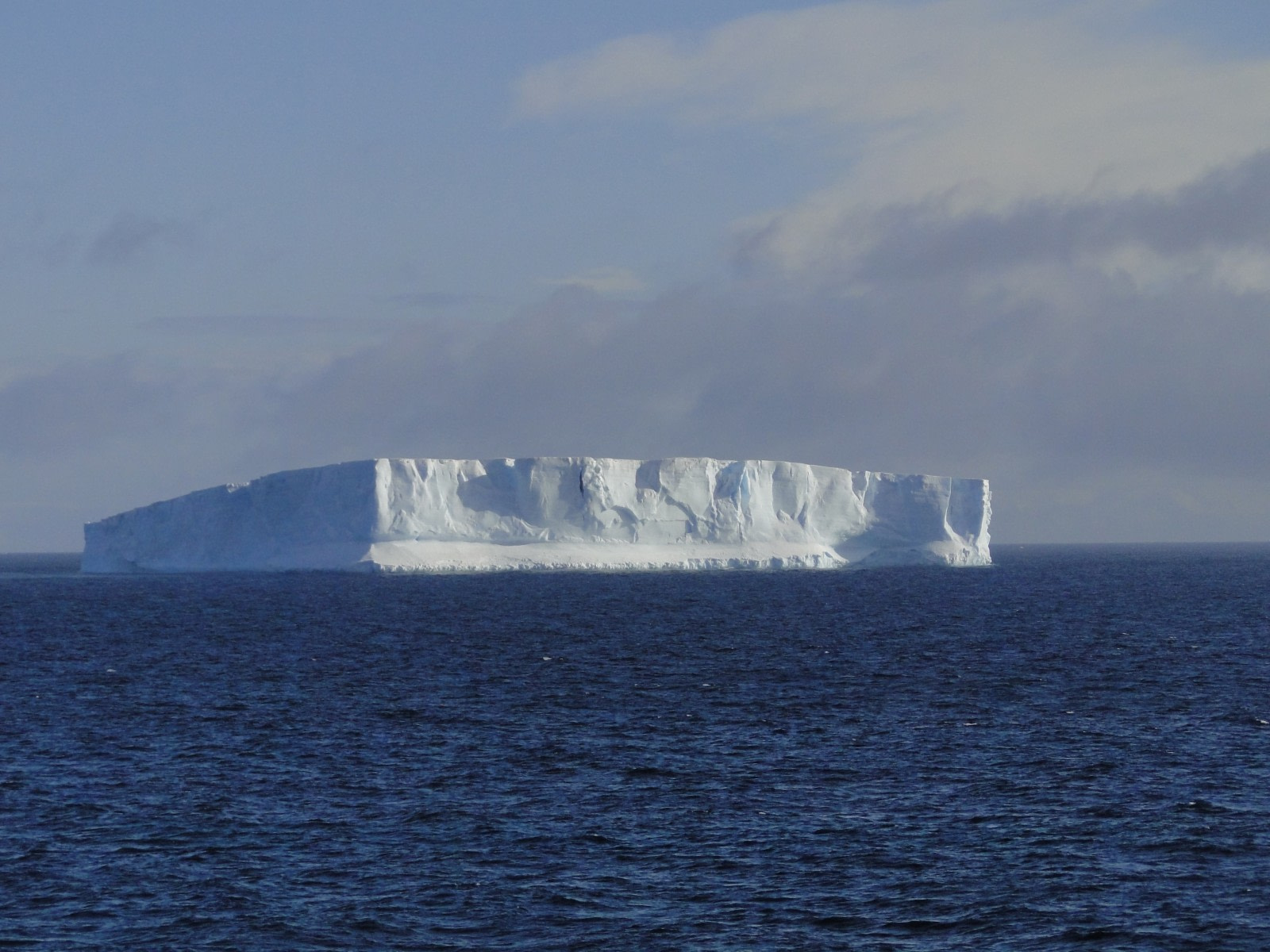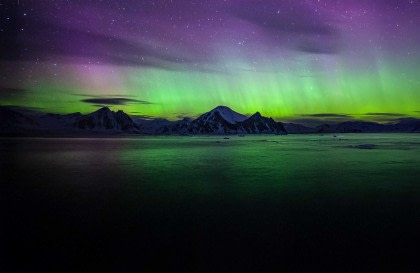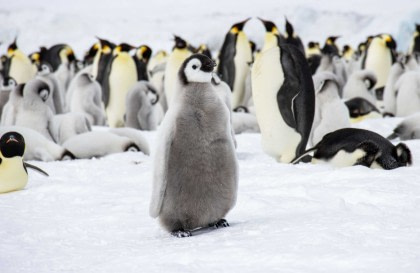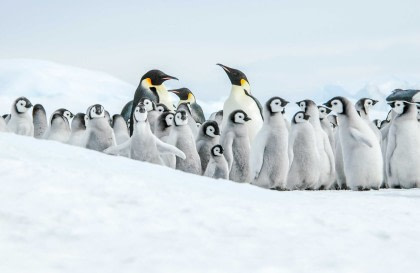Weddell Sea: the original Antarctic adventure
According to the historian Thomas R. Henry, you have to be brave to visit the Weddell Sea. In 1950 he wrote in his book, The White Continent, about sudden “flash freezes” that occur in the area. In fact it was due to one of these flash freezes that Ernest Shackleton’s ship, Endurance, got stuck in January of 1915, forcing his crew to spend more than a year there before they could get out.
Test your taste for adventure
“The Weddell Sea is, according to the testimony of all who have sailed through its berg-filled waters, the most treacherous and dismal region on earth,” Henry wrote. He also recalled myths about green-haired mermen living in the area.
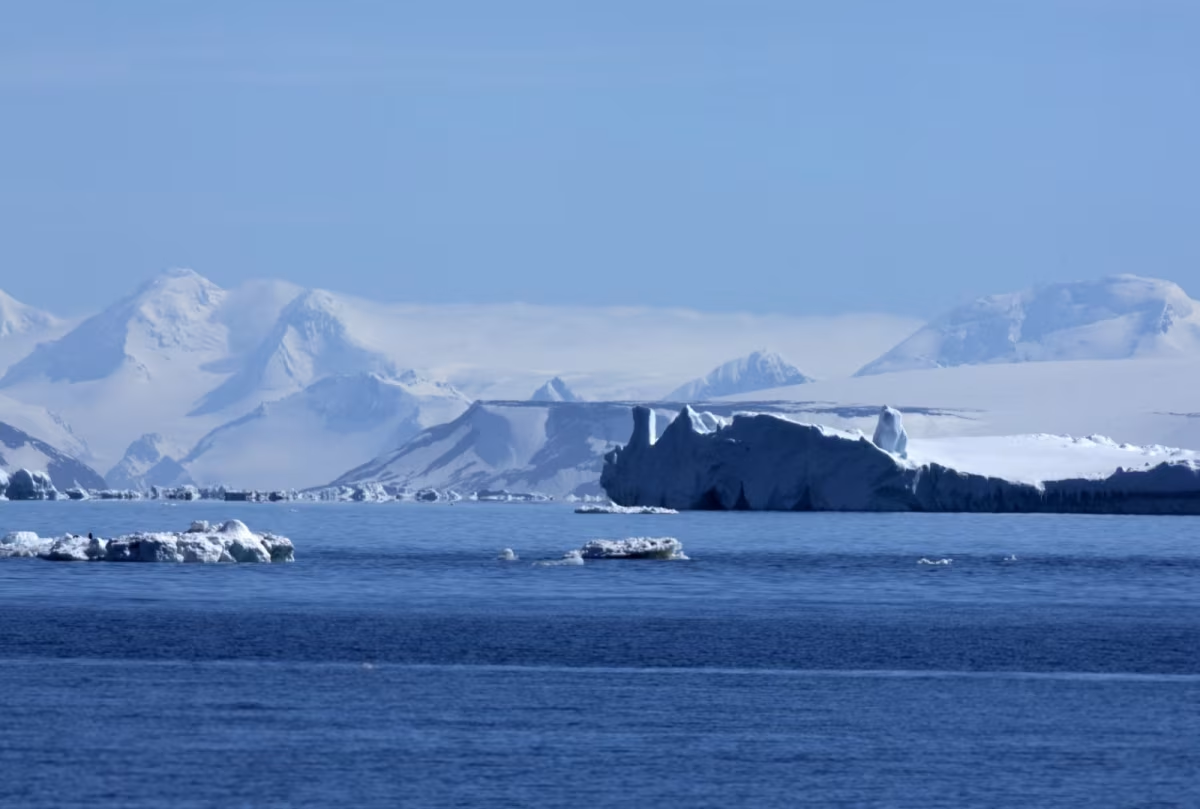
So if you’re hungry for adventure, a visit to the Weddell Sea is a must. But don’t worry: A Shackleton near-death experience isn’t in the itinerary: Oceanwide ships are ice strengthened and won’t be locked in a sudden flash freeze. They'll get you home safe and sound.
Where myth and real life meet
How about those green-haired mermen then? I didn’t encounter them during my Weddell Sea voyage, but I did see some species every bit as interesting: the Emperor penguins of Snowhill Island, for example.
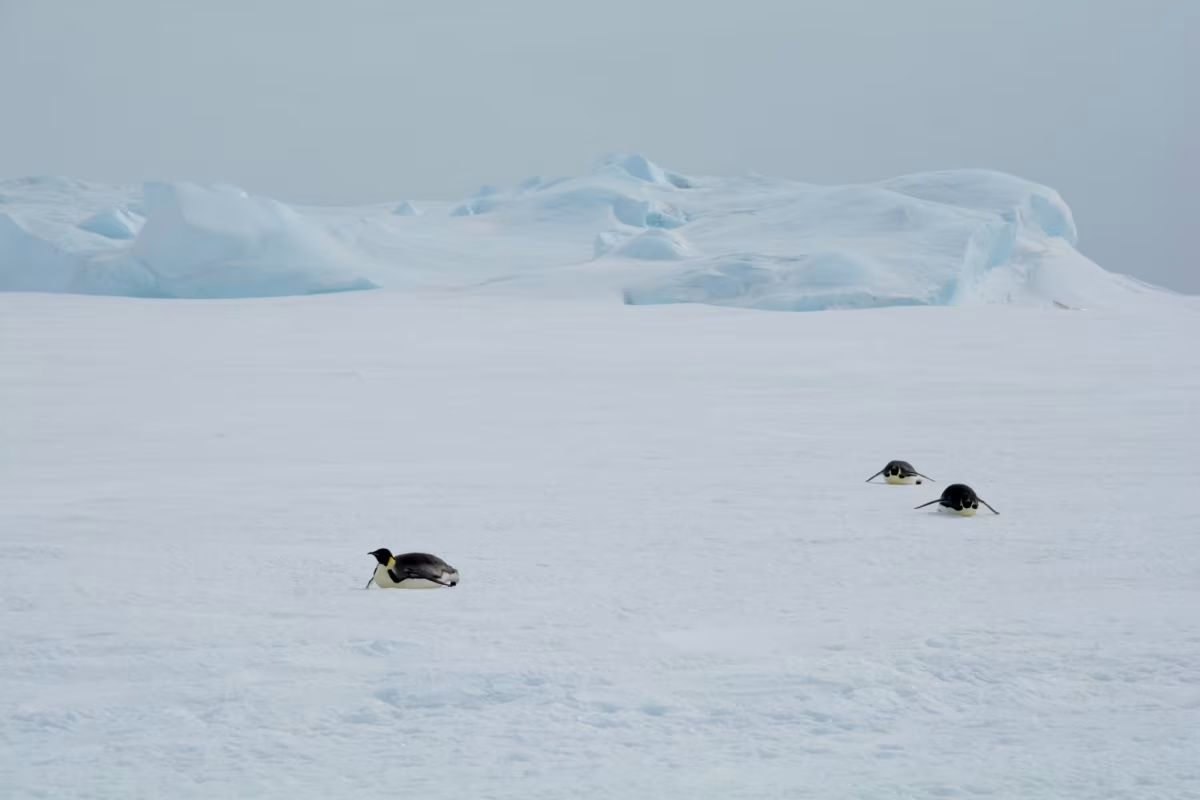
I also had close encounters with humpback whales, chinstrap penguins, and Weddell seals. I learned from one of the guides that these seals can dive up to 700 meters deep (almost 3,000 feet) and are able to hold their breath for almost 1.5 hours. They live further south than any other mammal.
An ecosystem entire unto itself
According to the World Wildlife Fund, the Antarctic Peninsula and Weddell Sea make up the most diverse and productive Antarctic marine ecosystem. This is partly due to the large ice-free areas on the peninsula, providing breeding grounds for large numbers of seabirds and seals.
Boundaries, borders, and Arctic Convergence
The Weddell Sea is part of the Southern Ocean, which is comprised of the southern portions of the Pacific, Atlantic, and Indian Oceans as well as their tributary seas surrounding Antarctica.
Partly coinciding with the boundaries of the Southern Ocean is a phenomenon called the Antarctic Convergence, a zone where cold north-flowing Antarctic waters meet relatively warmer Subantarctic waters. This causes mixing and upwelling, creating a lot of marine productivity. As such, the Convergence is known for its high amount of Antarctic krill, attracting many other animals that feed on these shrimp-like animals.
The Weddell Sea lesson in clarity
The Weddell Sea at its widest is approximately 2,000 kilometers across (1,243 miles) and has a total surface area of around 2.8 million square km (1.08 million square miles). The southern part is frozen year-round.
In 1986 a group of Dutch scientists from the German Alfred Wegener Institute analysed the water clarity and declared it the clearest of any sea in the world. The visibility is as deep as 79.86 meters (262 feet) below the surface. Distilled water has an almost equal clarity.
The cold – but colorful – history of Weddell Sea
The Weddell Sea got its name in 1900, though it was discovered years earlier – in 1823 – by the British sailor James Weddell. He originally named the sea after King George IV, but after Weddell’s death it was renamed in his honour.
In 1901 the Swedish explorer Otto Nordenskiöld and his team experienced one of Weddell Sea’s famous flash freezes. When their ship got crushed in the ice, they had to spend a winter at Snow Hill Island. They then went on foot over the ice to Paulet Island, a volcanic island now inhabited by a huge colony of Adélie penguins, where they wintered in a wooden hut they built themselves.
Nordenskiöld and his crew were rescued by the Argentine navy vessel Uruguay, still on display in Buenos Aires. But since Sweden sent out a rescue company as well, Nordenskiöld returned home to learn that he had to repay the Swedish government for this costly operation. He remained in debt for the rest of his life.
As mentioned above, Shackleton had a similar experience in 1915. He turned out to be a gifted poet, as Jim Mayer (working as an expedition leader for Oceanwide Expeditions) described in his book, Shackleton: A Life in Poetry. One of Shackleton’s most famous poems is 'l'Envoi'', which he wrote about his first Antarctic expedition, the Discovery Expedition of 1901 – 1904:
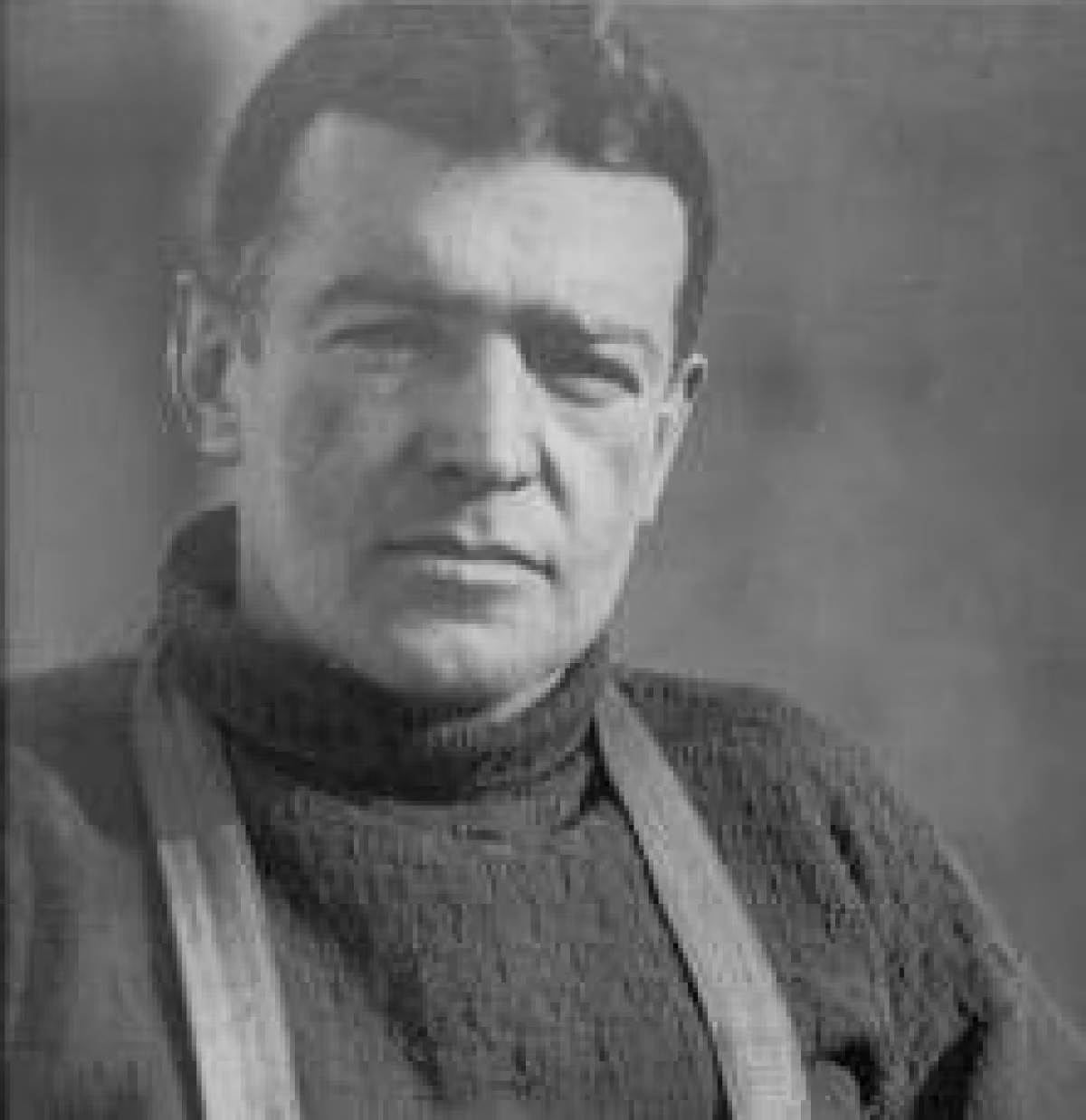
We shall dream of those months of sledging through soft and yielding snow;
The chafe of the strap on the shoulder; the whine of the dogs as they go.
Our rest in the tent after marching; our sleep in the biting cold;
The Heavens now grey with the snow cloud, anon to be burnished gold;
The threshing drift on the tent exposed to the blizzard's might;
The wind-blown furrows and snow drifts; the crystal's play in the light…
During the same expedition, he also wrote another poem:
We leave our pleasant homelands,
for the roaring south east winds,
all words of love and friendship,
for yearning hearts and minds,
for clasps of loving fingers,
dreams must alone
After he was rescued from the Endurance Expedition in July, 1916, Shackleton wrote a less well-known poem in a visitor’s book in the Chilean village of Punta Arenas, about the journey on the Weddell Sea:
We were the fools who could not rest
In the dull earth we left behind
But burned with passion for the South
And drank strange frenzy from its wind
The world where wise men sit at ease
Fades from our unregretful eyes
And thus across unchartered seas
We stagger on our enterprise
